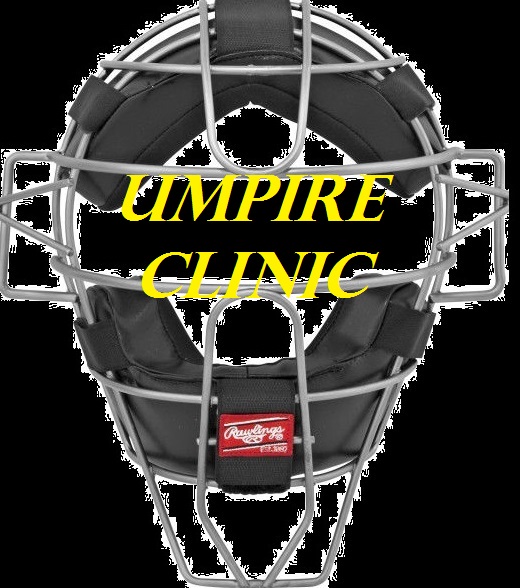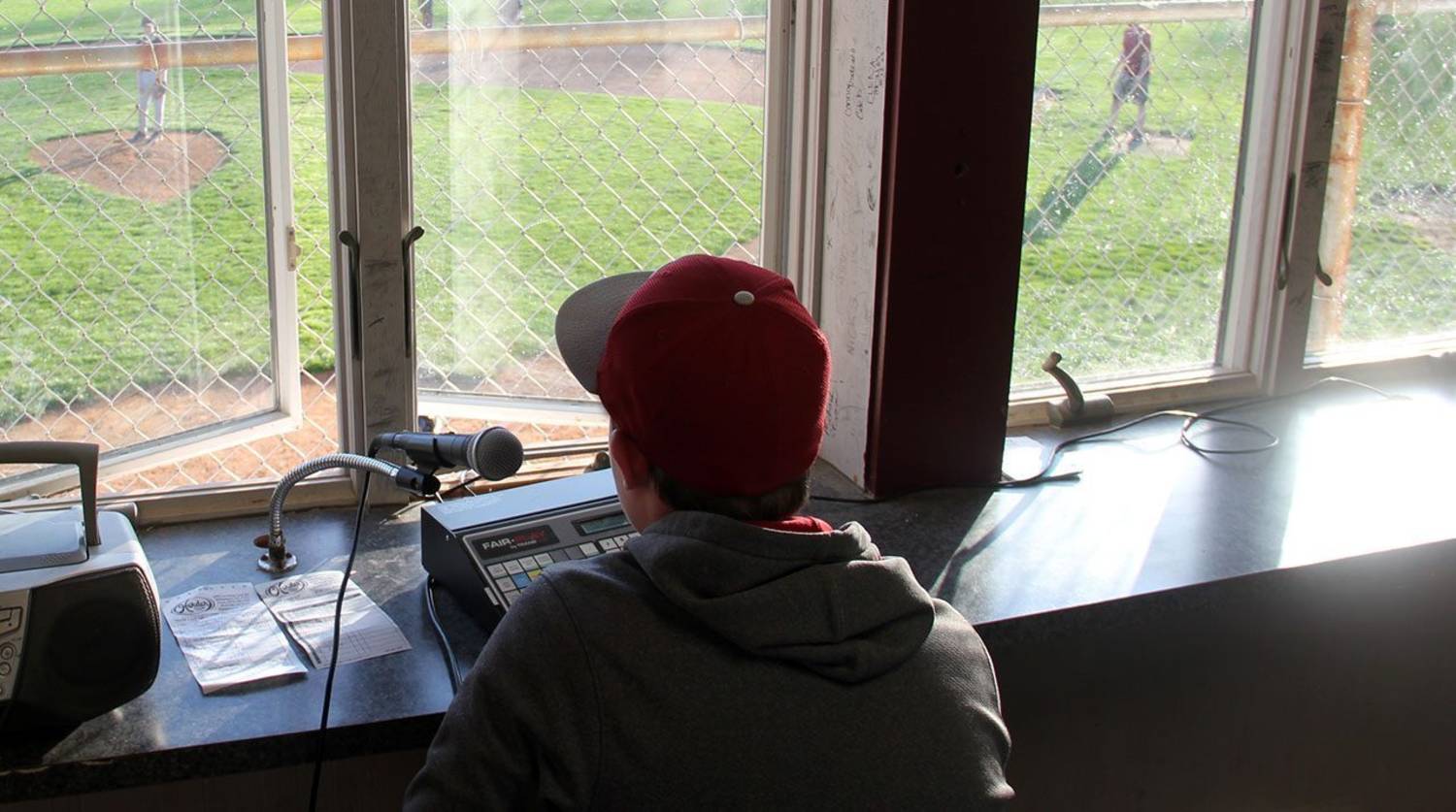A local league may provide the opportunity to have a volunteer serve as Public Address (P.A.) Announcer during a game. To provide guidance and direction on how to perform these duties Little League® International outlines these responsibilities and provides the following suggested practices.
Pre-Game Collection of Information
Prior to the start of any game where there will be a Public Address Announcer, the volunteer who will be serving in this role is expected to:Team Lineups: Gather completed and legible copies of the starting lineup for both teams at least 30 minutes before the start of the game. The lineups are to include the first and last names of the starters and reserves, complete with numbers and starting positions. He/she is to review the lineups to make sure of the names and determine how to properly pronounce each first and last name. Any questions regarding spellings or pronunciation are to be directed to, and clarified by, the team’s manager, official coach, or other team official, such as a “team mom,” or “team dad.”
Umpires: Also confirm the names of the umpires and identify them as home plate umpire and base umpire(s).
Official Scorer: Make sure there is someone designated as the official scorer for the game (usually the home team during the regular season) and pitch counter (usually the visiting team during the regular season).
Lineup Changes: Also, be sure to remind the managers to report all lineup changes to the home plate umpire and Public Address Announcer.
When the Mic Is Hot
The first announcement of the day should begin with a message to the spectators welcoming all to the facility, then reference the teams playing and the division of the game.- Example: Ladies and gentlemen, welcome to (Name of Field) in (City, State) for (today/tonight)’s Little League (or other division) Baseball/Softball match-up between (visiting team) and (home team).
- Example: For today’s/tonight’s game, leading off for (visiting team’s name) and playing (defensive position) is No. X, (player’s first and last name). … Batting second and playing (defensive position) is No. X, (player’s first and last name) ...
National Anthem and Little League Pledge: Once the players are announced, ask the game spectators to stand, and for the teams to remove their hat for the national anthem (either sung or recorded). After the national anthem is played, the players are to remain with the hats off for the reading of the Little League pledge (either read by a player or by Public Address Announcer).
- Example: “Ladies and gentlemen, at this time we ask that you please rise and remove your caps as we honor America with the (playing/singing) of our National Anthem.” (PLAY ANTHEM)
- Example: “Thank you. At this time we ask that all players remain standing with their hats removed as (NAME OF PERSON RECITING PLEDGE) recites the Little League Pledge. (RECITE PLEDGE).”
In-Game Announcing
After the catcher throws the last warm-up pitch down to second base and the ball is returned to the pitcher, introduce the inning’s lead-off batter.- Example: “Leading off the top of the first inning for the (name of visiting team), (number), (player’s name).”
Do this same read for each batter. Do not reference the player’s defensive position during the game, because the positions are likely to change several times during a game.
NOTE: Do NOT call out pitch-by-pitch or offer commentary as a play is happening.
Game Score and Pitch Count: At the end of each half inning announce the score and pitch count. When announcing the score always mention the home team second if the game is scoreless or tied. If one team has a lead, always announce the score with the winning team first.
- Example, “After two innings, Team ‘A’ 3, Team ‘B’ 1).”
Do NOT allow public acknowledgements such as birthdays, anniversaries, or anything else not related to the current game.
Post-Game Announcements
After the completion of the game, state the final score, preview the next day’s games and start times, and politely sign off by and wishing everyone safe travels home.---
Note 1: All of the direction provided above is to be classified as recommendations, and are not dictated by Little League International rules, regulations, or policies.
Note 2: It is the discretion of the local league to dedicate a local league volunteer to fulfill this role, or for each team to designate a person for regular-season games.
Note 3: During the tournament season, any host league or game site is expected to provide a person to serve as public address announcer.


